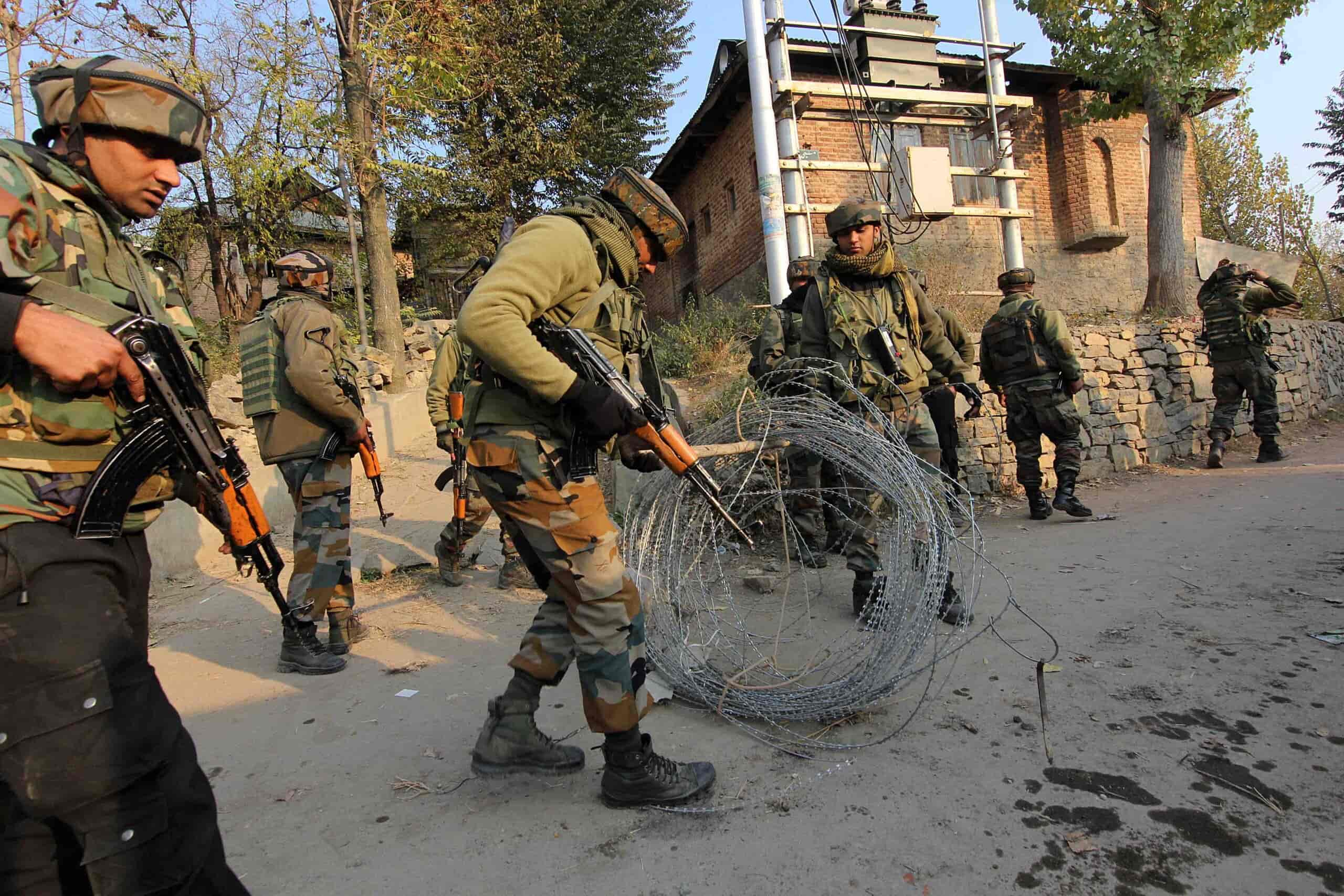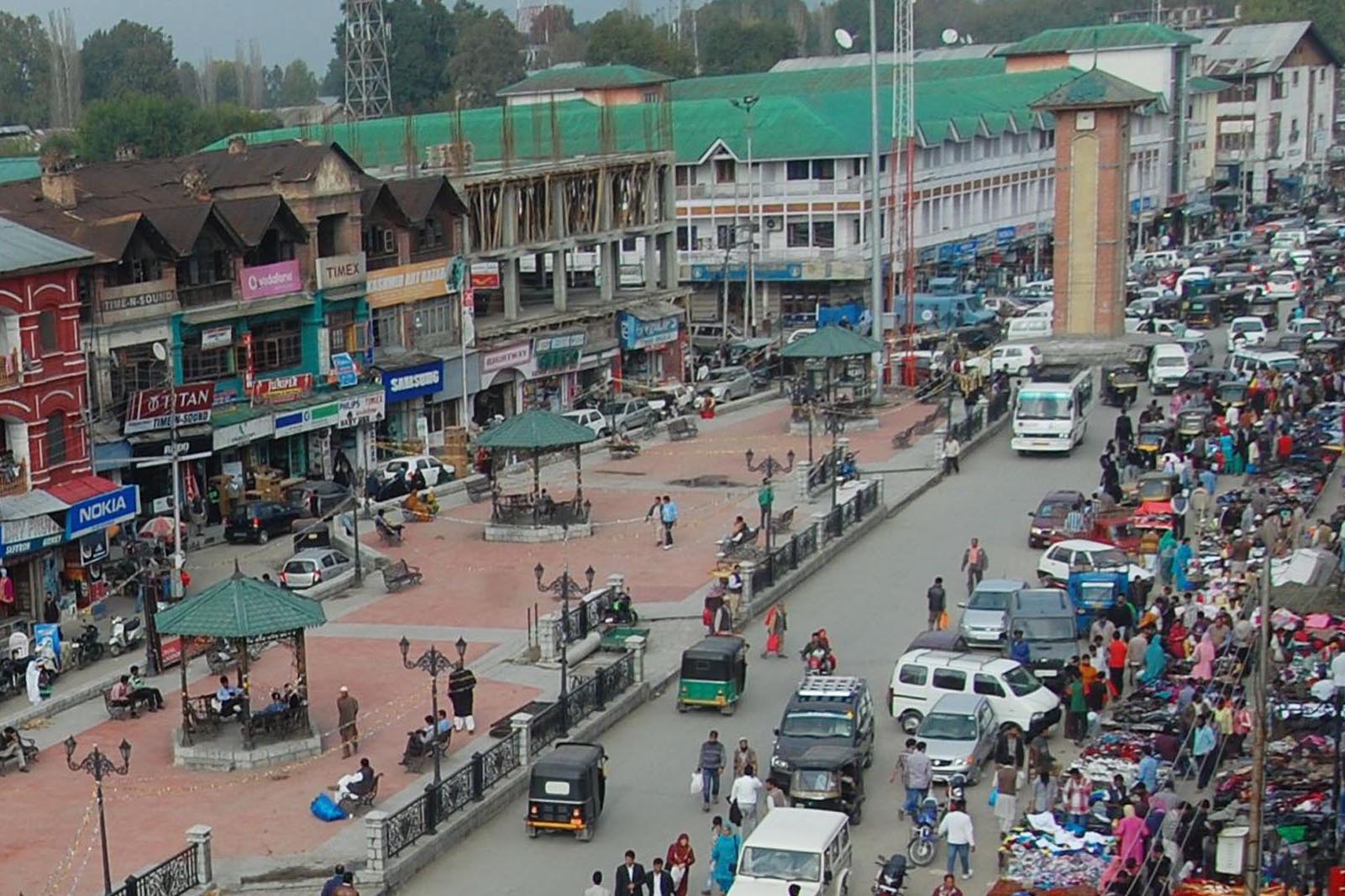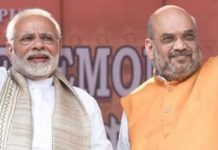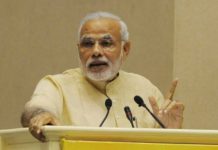
What is making things difficult is that about 2,105 migrants have returned to Kashmir valley to take up jobs provided under PM’s Development Package. But if the attacks on minorities continue to grow, the government could face a tough situation, reports Riyaz Wani
On April 4, Bal Krishan Bhat and his brother Anil Kumar Bhat, residents of Chotigam village in Shopian, had set out from their home early in the morning for their nearby medical shop. It was a daily routine for them for many years An hour or so later, two youths drove up on a motorcycle. One of them went inside the shop and shot at the hand and leg of Bal Krishnan. He came screaming out and called to his brother who luckily was outside at the time. Bal Krishan was soon moved to Army’s 92 base hospital in Srinagar where his situation is stated to be stable.
This was the second attack on a non-migrant Kashmiri Pandit in the last five months. In October last, militants had killed a noted Kashmiri Pandit businessman, Makhan Lal Bindroo, incidentally also a chemist.
However, Bal Krishnan was not the only one to be attacked on the day. Militants also shot at and critically injured the three migrant labourers.
As winter ends in Kashmir, the militancy is once again rearing its head and one of its targets is the migrant labourers and occasionally a Kashmiri Pandit, including those who have never migrated from the Valley in the last three decades.
Bal Krishan and his brother had been living in Shopian – one of the Valley’s most volatile districts which have witnessed a resurgence of militancy over the last seven years – without any fear of harm. But the situation seems to have changed following the revocation of Article 370 on August 5, 2019 which has thrown Kashmir open to settlement by outsiders and people are fearing a demographic change. And lately, the movie Kashmir Files has further vitiated the atmosphere.
The Union Minister of State for Home Nityanand Rai recently told Parliament that 87 civilians and 99 personnel of Indian forces have been killed up to November 2021 since the union government scrapped the region’s autonomy. Among the slain civilians, fourteen are Hindus, including Kashmiri Pandits – eleven of them were killed in 2021.
In 2020, the government informed Parliament that 62 military personnel were killed and 106 more were injured in the violence, including along the borders. In 2021, 42 personnel were killed and 117 were injured.
Militants have also stepped up attacks on local policemen, many of whom have been killed while off duty or on vacations, as well as mainstream political workers and military personnel.

The parliament was also told that 264 civilians and 505 Indian forces personnel were killed by militants in Jammu and Kashmir from May 2014 to November 2021.
The fresh spurt in killings and the attacks, especially on minorities and outsiders, have been a source of worry for the security agencies which can’t provide security to each and every one of them. Police are now patrolling again at Chotigam, where two Pandit families, including that of Bal Krishnan, have been living as they didn’t migrate in 1989 with the other members of their community.
What is making things further difficult is that about 2,105 migrants have returned to Kashmir valley to take up jobs provided under Prime Minister’s Development Package. A total of 841 appointments were made in 2020-2021 under Prime Minister’s Development Package followed by 1,264 in 2021-2022, according to home ministry data.
But if the attacks on minorities continue to grow, as they have over the last year, the government could face a tough situation protecting all of them. Already last October, many Pandit government employees fled after the killing of Bindroo.
Militancy remains undiminished
From December 2021 and March 2022, about 66 militants have been killed in Jammu and Kashmir, according to Inspector General of Police, Kashmir, Vijay Kumar. This further dealt a blow to militancy in the Valley.
But the attacks on minorities and also on the security forces have once again proved that militancy remains a formidable challenge for the security forces despite the killings of a large number of militants in recent years. According to an estimate, close to 500 militants, most of them the local youth, have been killed since the revocation of Article 370 on August 5, 2019. Though the new estimates have put the number of militants under 200 – the first time the figure has fallen below this important psychological threshold – there has been little reduction in the levels of violence.
What is more, security agencies have already warned that the violence could once again scale up this year, with the local militancy expected to be reinforced by the influx of foreign militants – albeit, there have so far been no indications that this is happening. Militancy is largely led by the local youth who come from a demographic of 15 to 25 year olds.
“The omens for the future look grim, what with the Taliban back in power in Afghanistan which has naturally emboldened the militant groups,” read an editorial in a local newspaper. “Security agencies have also time and again expressed these fears and warned about the influx of Afghan militants and their sophisticated weaponry into Kashmir”.
But the last year’s situation gives the lie to such claims. Evolving geo-politics and even the US exit from Afghanistan have impacted Kashmir but little. Contrary to the apprehensions, the foreign presence in the Valley’s militancy has only increasingly diminished over the years. In 2021, just 58 infiltration attempts were made, according to Inspector General of Border Security Force, Kashmir, Raja Babu Singh, in which five militants were killed, 21 returned and one surrendered. Singh said about 135 militants are present at launch pads across the border, waiting to infiltrate into India. But so far there is little evidence that the foreign militants are present in Kashmir in any sizable number.
The Kashmir militancy is now mainly composed of the local youth who are untrained in armed combat and have fewer weapons to use. So, they have posed little challenge to the security forces beyond some occasional attacks on the policemen.
The militancy in the union territory apparently looks on a shaky wicket. But it is premature to make predictions about Kashmir. The situation in Kashmir remains far too complex to lend itself to linear analysis. A case in point can be the sudden heightened violence in Jammu in October last year, which worsened the security situation in Poonch and Rajouri. The militancy had all but ended in the twin districts since early 2000. But since the middle of 2021, the area witnessed a sharp resurgence in violence, led by the militants infiltrating from across the Line of Control. Fourteen soldiers, eight militants including one in custody, and a civilian were killed in the twin districts until October and then the peace mysteriously restored again.













